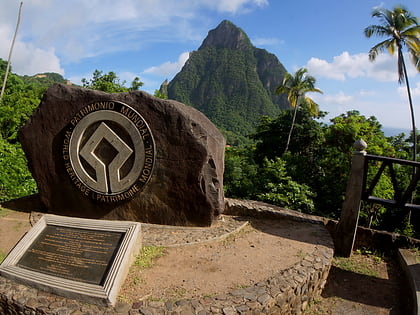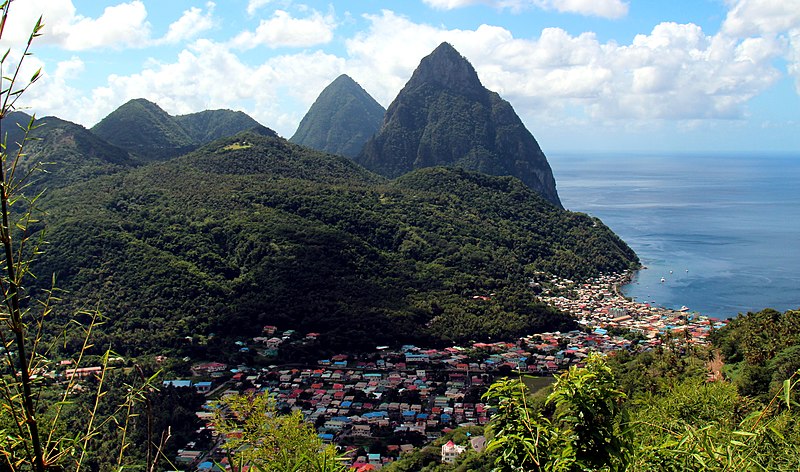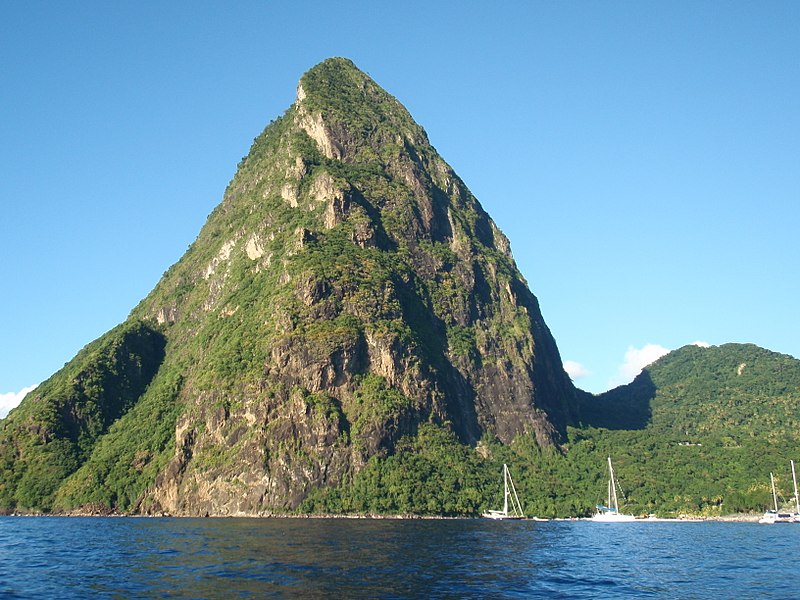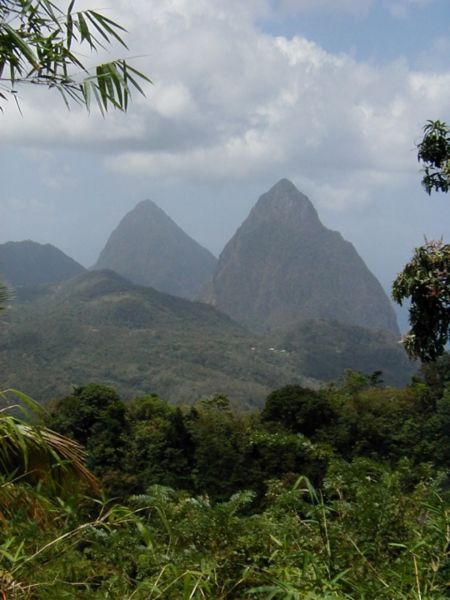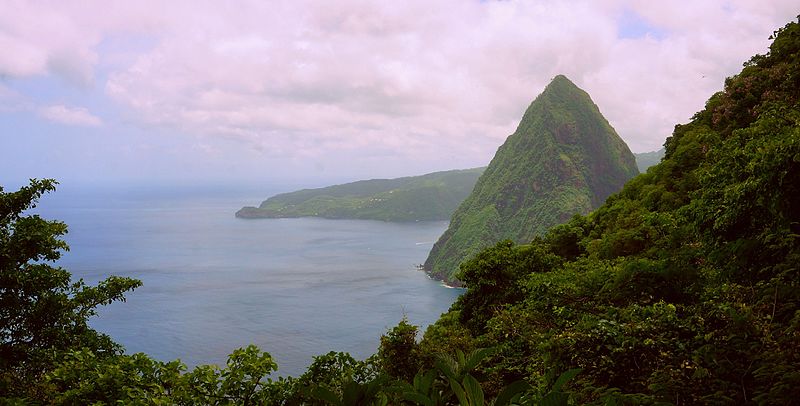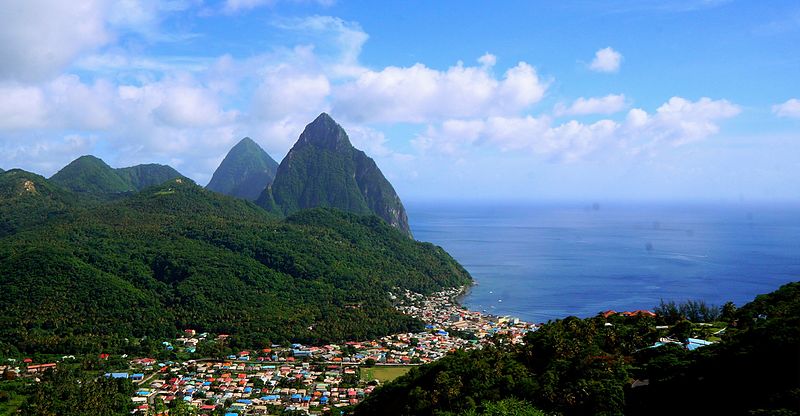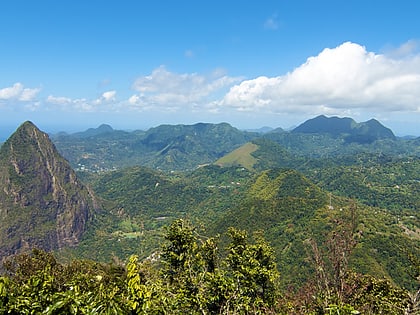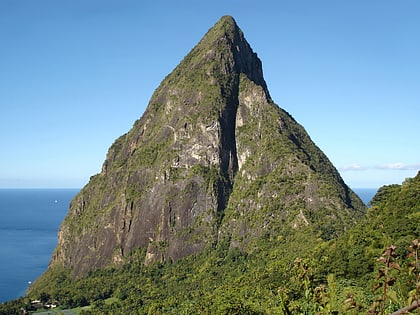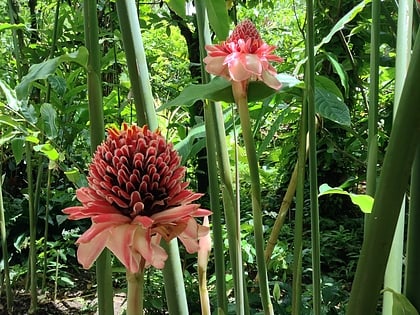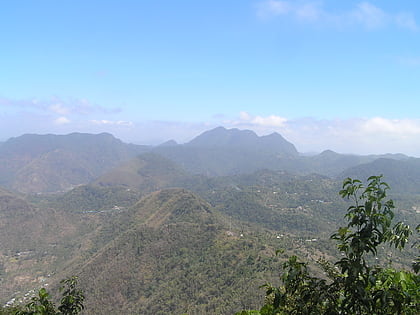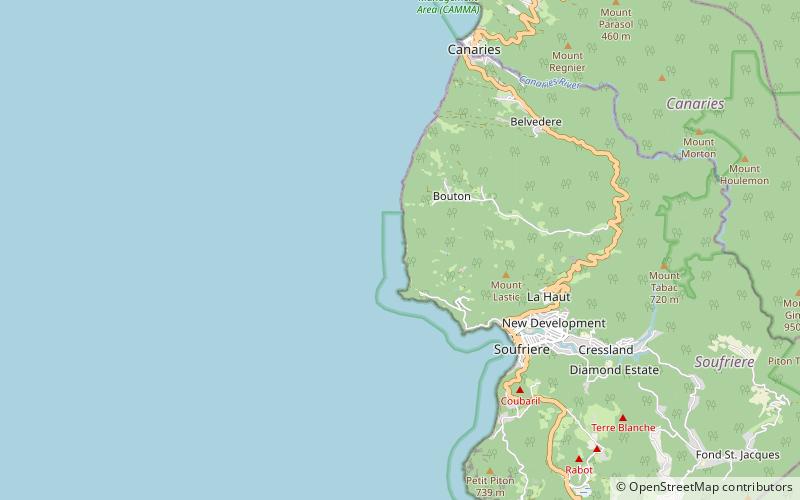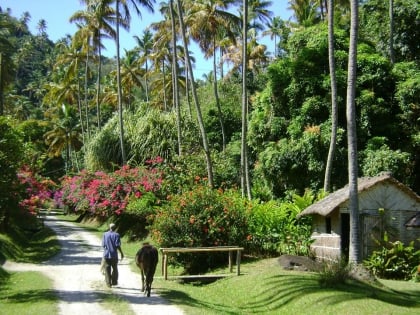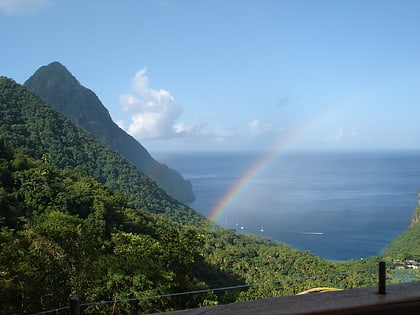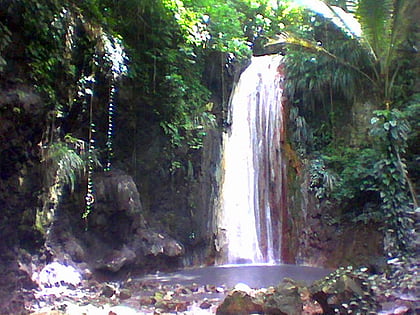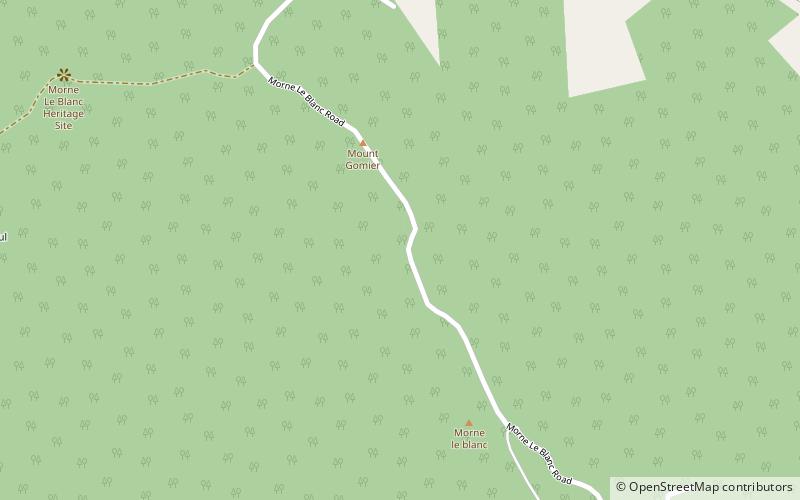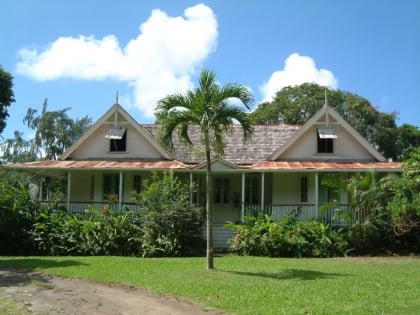Pitons
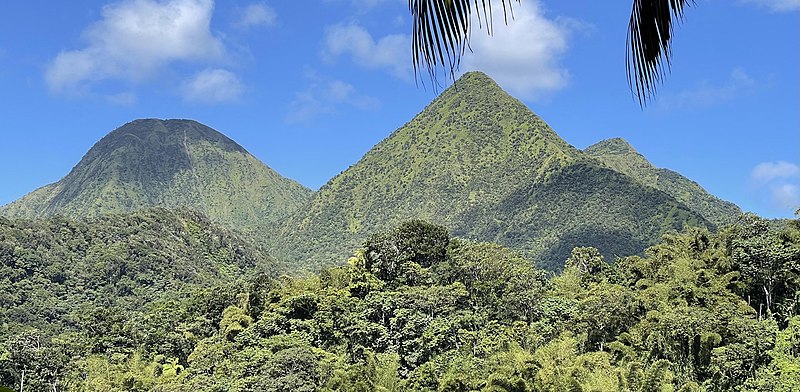
Facts and practical information
Rising majestically from the crystal-clear waters of the Caribbean, the Pitons of Saint Lucia are not only a breathtaking sight but also a geological wonder. These two volcanic spires, known individually as Gros Piton and Petit Piton, dominate the landscape of the island, soaring to heights of 786 meters and 743 meters respectively. They are a UNESCO World Heritage Site and one of the most iconic landmarks of Saint Lucia.
The Pitons are remnants of volcanic activity that occurred over 200,000 years ago. Gros Piton and Petit Piton are not just visual spectacles; they are also hotspots for biodiversity. The steep slopes of these volcanic cones are home to a wide array of flora and fauna, some of which are endemic to the region. The surrounding marine area also boasts vibrant coral reefs teeming with marine life, making it a popular site for snorkeling and scuba diving.
For the adventurous, hiking Gros Piton is a popular activity, offering challenging trails that lead to stunning panoramic views at the summit. Despite their formidable appearance, Gros Piton is considered the more accessible of the two for climbers, with guided tours regularly available. Petit Piton, while slightly smaller, presents a more difficult climb and is typically recommended for experienced hikers.
The Pitons are not only a natural landmark but also a cultural one. They play an integral role in the lives of the local community and are deeply ingrained in the island's heritage. Their distinctive silhouette is a source of pride and is featured on the national flag of Saint Lucia, symbolizing the island's volcanic origins and its dynamic nature.
Soufrière
Pitons – popular in the area (distance from the attraction)
Nearby attractions include: Qualibou, Petit Piton, St. Lucia Botanical Gardens, Mount Gimie.
